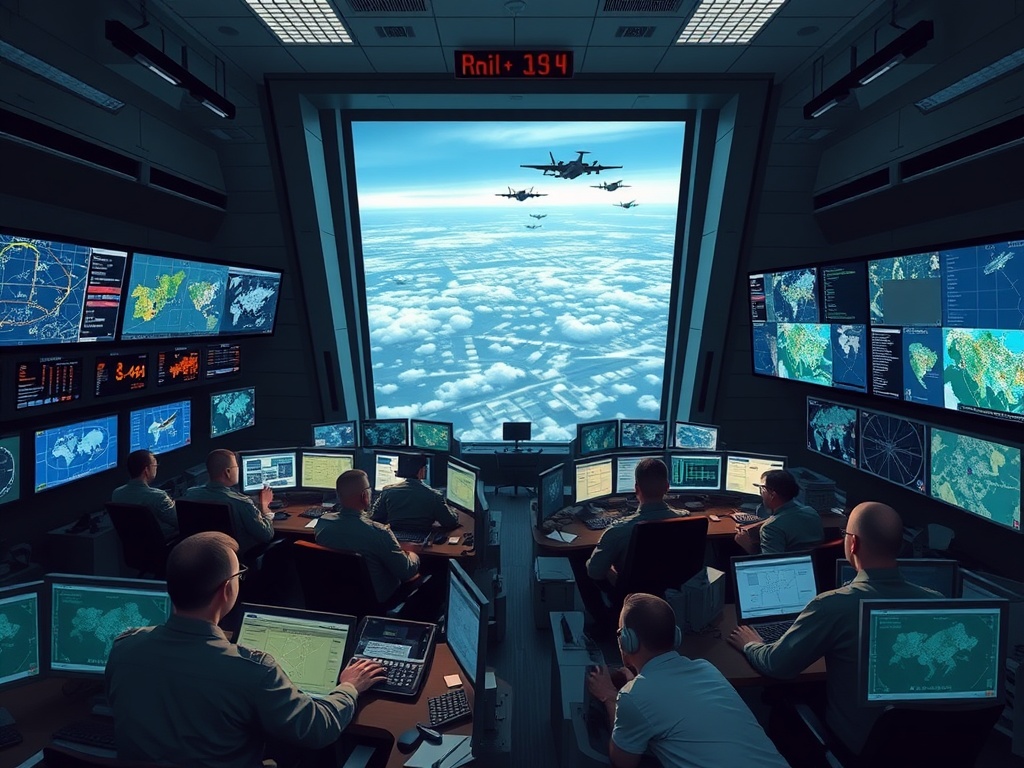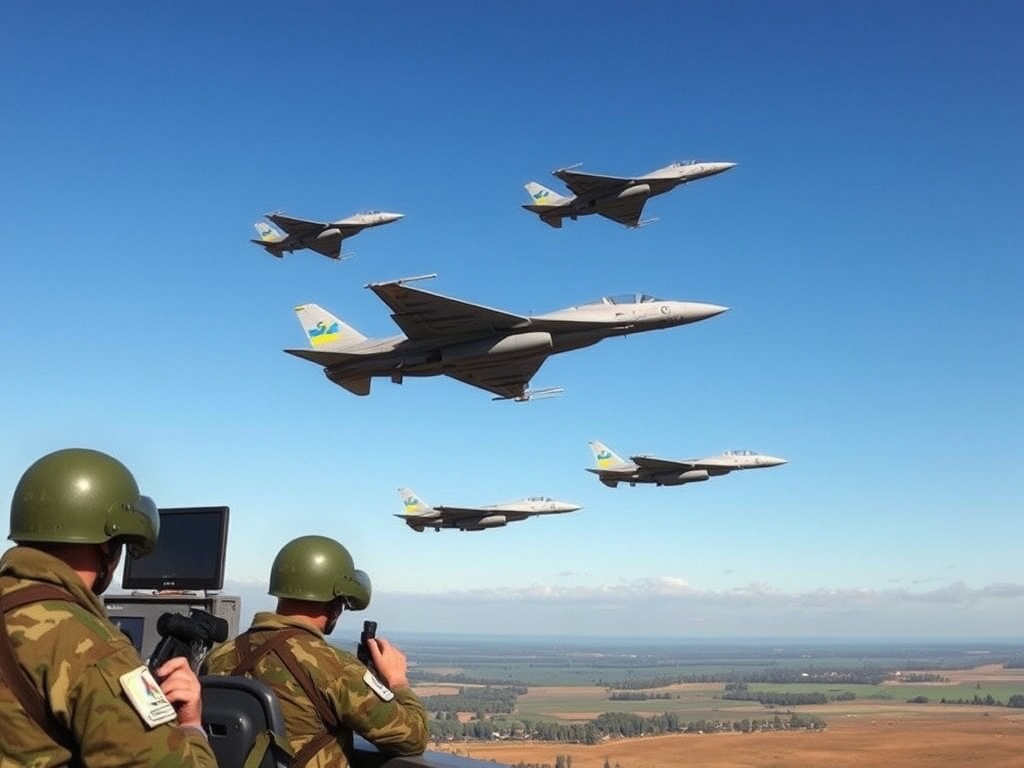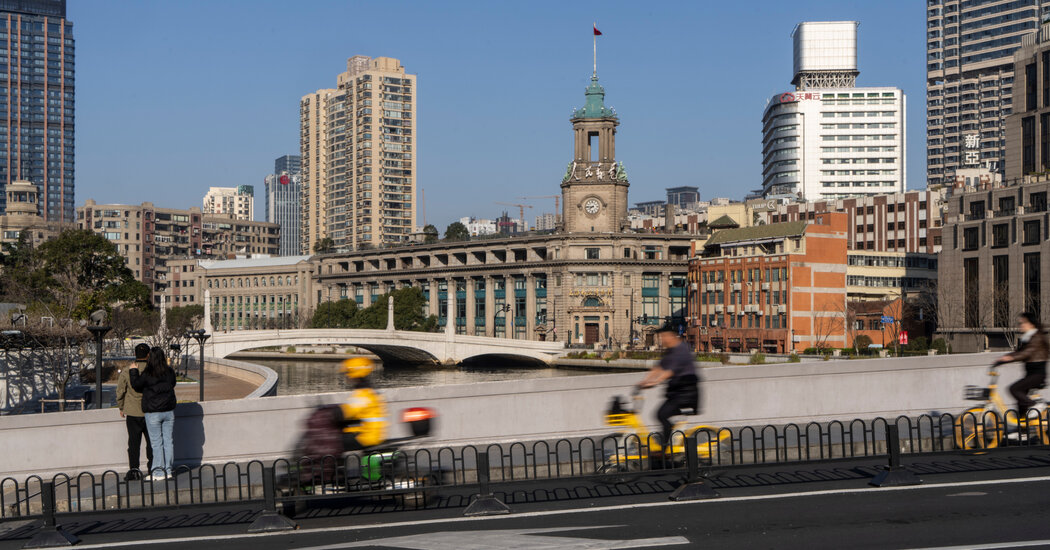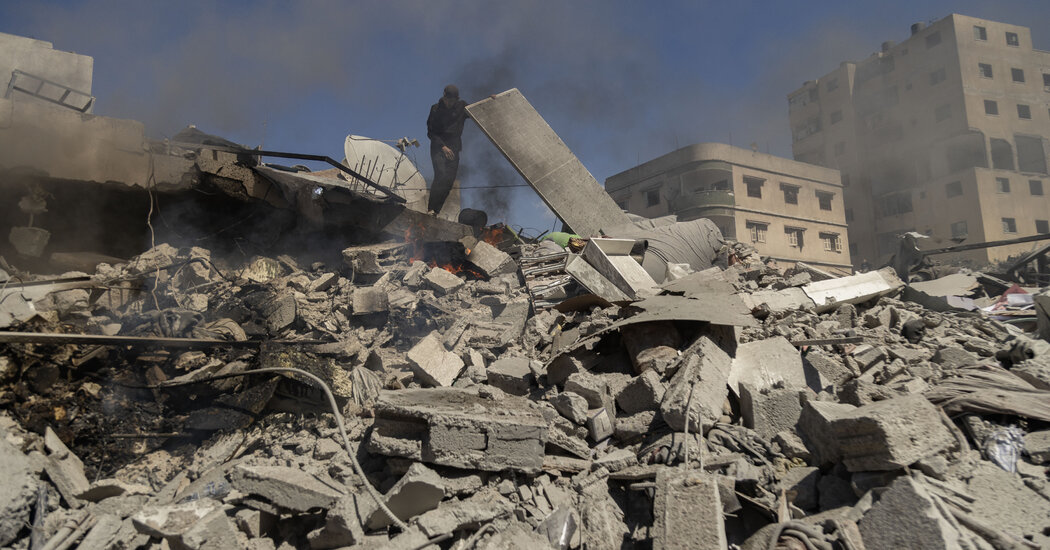Concerns Over Air Policing in Ukraine: A Complex Military Dilemma
Dispatching British Typhoon fighter jets to oversee the skies above Ukraine could present challenges that are as “dangerous and difficult as it gets”, according to a former military commander. The urgency has intensified following President Donald Trump’s unexpected move to expedite an end to three years of conflict in Ukraine, prompting leaders to navigate a complex web of diplomatic responses.
Reports indicate that the United Kingdom and France are formulating plans for a “reassurance force” comprising 30,000 troops aimed at safeguarding Ukraine amid escalating tensions between Kyiv and Washington. This strategy is set to be presented by Sir Keir Starmer to Trump during their upcoming meeting in Washington next week, as highlighted by the Telegraph.
This initiative, which emerged from apprehensions that the US President might withdraw support from Ukraine, was shared with European leaders during an emergency summit in Paris. Proposed measures include deploying spy planes, satellites, and drones to monitor the border, thereby providing a comprehensive overview of the situation, as reported by a Western official. However, with military officials cautioning that Britain’s Armed Forces have been significantly undermined by cuts in defense spending, ministers are exploring alternative methods to offer guarantees without relying heavily on personnel, as noted in The Times.
Among the suggestions, the concept of “air policing” has gained traction, according to a senior government source, which may necessitate the deployment of the UK’s Typhoon fighter jet fleet. Currently, the Royal Air Force possesses 137 Typhoon jets, as of May 2024.
Why Consider ‘Air Policing’?

Sir Lawrence Freedman, Emeritus Professor of War Studies at King’s College London, warned that “lots of ideas are circulating at the moment”, emphasizing that any proposed peacekeeping strategy would require Russia’s approval. Sergey Lavrov, Russia’s foreign minister, has already stated that Moscow would not tolerate the deployment of troops from NATO countries or those conducting missions “under a foreign flag”.
Freedman noted that the talks could yield a variety of outcomes, including airborne peacekeeping missions once negotiations are fully underway. He explained the complexities associated with land forces, stating that they require cooperation from other countries, which Russia would likely oppose. This makes land-based efforts not only challenging but also costly and time-consuming.
He further elaborated on the advantages of air policing missions, recalling historical precedents such as no-fly zones over Iraq and Bosnia. “Executing air policing is not overly complicated, especially if there is no one attempting to shoot you down,” he stated.
According to Freedman, the British forces have a robust supply of Typhoons, which are highly versatile aircraft capable of performing both air-to-air and air-to-surface missions. The latest figures provided to Parliament indicate that the military maintains a fleet of 137 Typhoons.
What Would ‘Air Policing’ Entail if Both Sides Commit to Peace?
Greg Bagwell, a former RAF Air Marshal with experience in no-fly zones over Iraq and commanding British aircraft in Libya, remarked that a potential peacekeeping initiative could vary dramatically in complexity and danger, depending on the results of ongoing negotiations. He outlined two scenarios: one where a peace deal establishes a “demilitarised zone”, akin to the one between North and South Korea, and another involving a strict separation where each side remains firmly within its territory.
In cases where peace remains tenuous and requires enforcement, Bagwell indicated a need for a substantial effort, both on the ground and in the air. This would necessitate a “robust and vigilant policing force” able to monitor the situation closely and respond decisively to any ground incursions, similar to Ukraine’s actions when Russia first invaded three years ago.
Bagwell warned that such operations would require a significantly larger force and the collaboration of multiple air forces from various nations. He stated, “What you are essentially doing is providing Ukraine with an air force.” This raises the risk of escalating tensions back into full-blown conflict, leading to critical questions about whether the peacekeeping force would remain engaged or withdraw, allowing the situation to revert to its original state.
He highlighted the RAF’s prior experiences in peacekeeping missions, notably in Syria, where coalition forces operated in close proximity to Russian military units, albeit in a third nation. However, he cautioned against the implications of past incidents, such as the 2015 confrontation where Turkey shot down a Russian aircraft for breaching its airspace for a mere 17 seconds, underscoring the acute risks involved.
Future Implications of ‘Air Policing’
Conversely, Bagwell noted that if both sides genuinely commit to peace, such a mission could be “relatively simple and painless”, although current negotiations do not seem to be headed in that direction. He explained that, “if a stable and peaceful resolution were achieved, with both parties willing to compromise and sufficient security guarantees in place,” then air policing missions would be manageable.
In such a scenario, the peacekeeping force would have the confidence to deploy a relatively light presence focused on surveillance and monitoring. This could resemble current RAF missions in the Baltic states, requiring only a few radars and a modest number of aircraft—potentially one to two squadrons—from various contributing nations.
For any peace deal to hold, Bagwell emphasized the necessity for both sides to agree on rules of engagement and the consequences for any violations. “At this stage, we are a long way from the point where peacekeeping troops could be deployed. Otherwise, we would be discussing peace enforcement, which involves intervening directly between two opposing factions to maintain separation,” he concluded.




